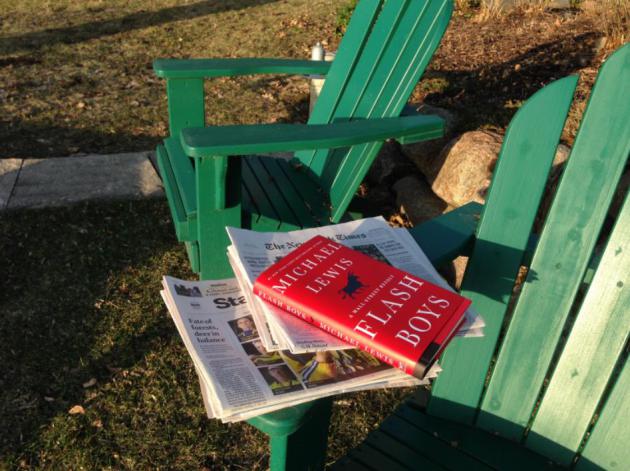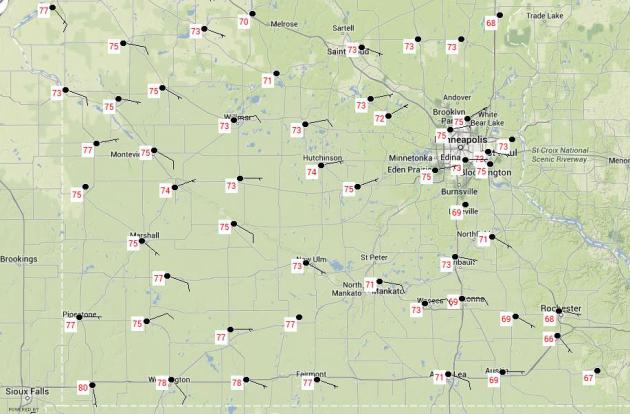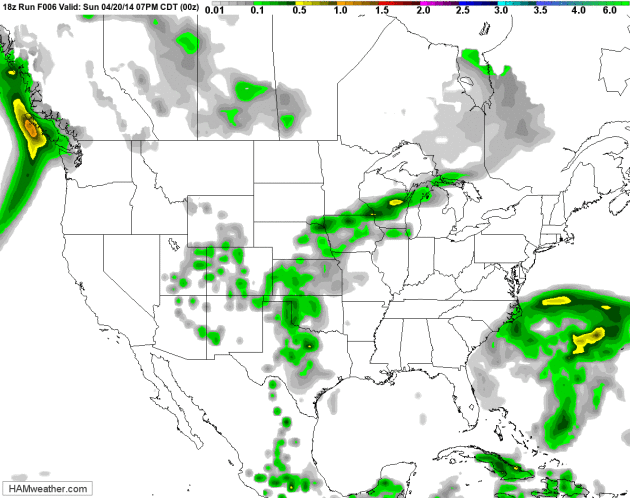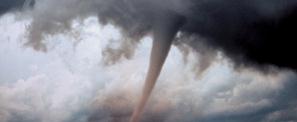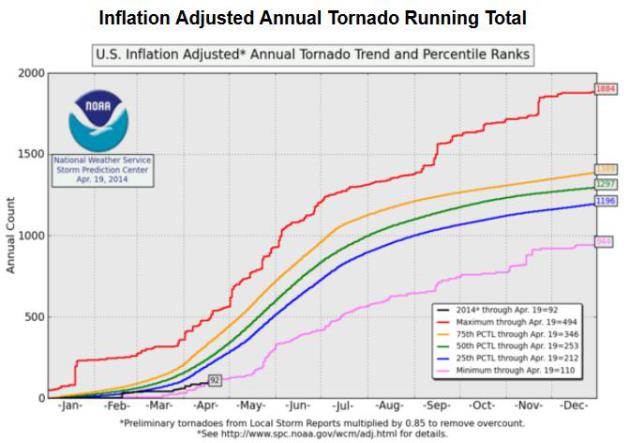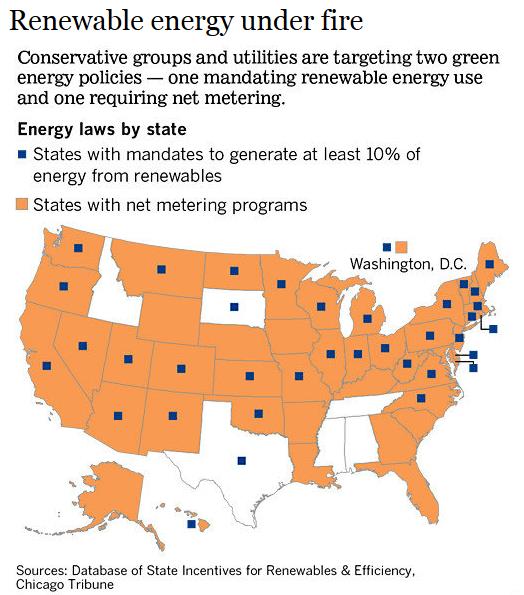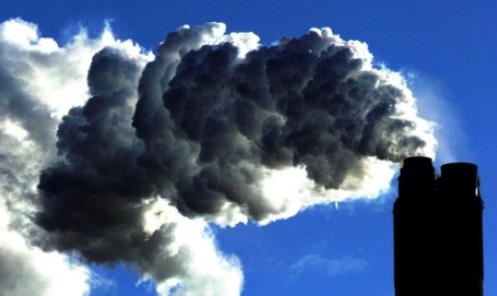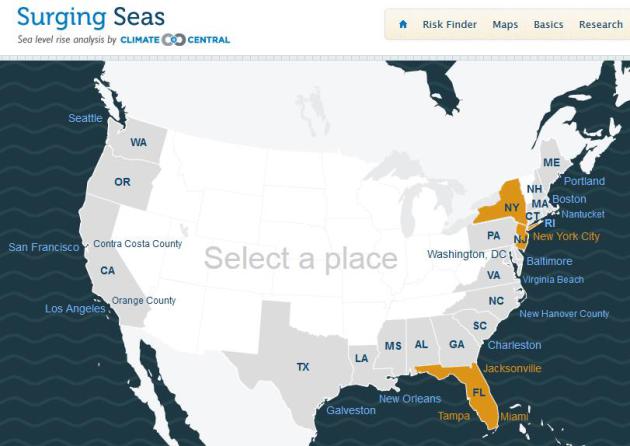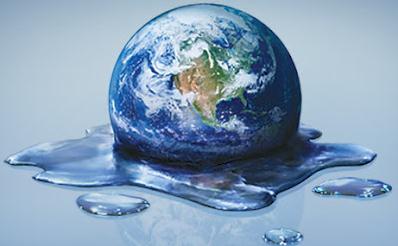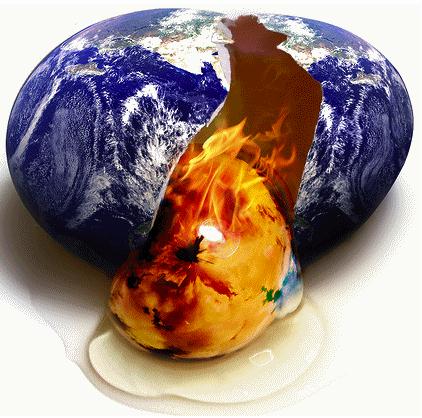Minor Miracle
Yesterday
was a WOW moment, an atmospheric daydream; a healing gift from on high.
We set out the Adirondack chairs and reintroduced ourselves to dazed,
long-lost neighbors. Our dog, Leo, took us on a nice long walk.
You
could almost see lawns greening up before your eyes; no small feat
after the winter we just experienced. Based on the WMI, the Winter
Misery Index, which measures snow amounts and severity of cold it was
the toughest winter in a generation. You have to go back to 1983-84 to
find a more severe winter overall. Yes, we were due for a perfect spring
day, and I'm glad it came on Easter Sunday.
Northwest winds pick
up behind a cooler front today; upper 60s will make for a distractingly
nice Monday. Showers return Wednesday with a potential for a soaking
rain Thursday as a storm spins up nearby. Chilly exhaust on the backside
of the storm keeps us in the 40s Saturday.
And then it gets
interesting. ECMWF (European) model guidance shows a big storm passing
to our south early next week. It's too early for specifics, but let's
just say it's conceivable a cold rain Sunday might end as wet snow or a
mix 1 week from today. No, I'm not kidding.
Keep the faith. 70s return by the first weekend of May.
Easter Sunday Highs.
It was the warmest day so far in 2014, the warmest since October 11,
2013. Mid 70s for the immediate metro area; highs near 80F in southwest
Minnesota under blue sky, light winds, and a still-bug-free airmass.
Cooling Down: Two Storms Next 8 Days.
Today will be the last 60-degree day until the end of next week. We
cool down into 40s by late week, potentially significant rain late
Wednesday into Thursday. We dry out and chill down another notch Friday
& Saturday before the next storm arrives with a cold rain Sunday,
possibly ending as wet snow or a rain/snow mix 1 week from today. I hope
the ECMWF is out to lunch too. Graphic: Weatherspark.
GFS Solution.
Although not as aggressive (or ominous) as ECMWF guidance for early
next week, NOAA's GFS model brings heavy showers into Minnesota by
Wednesday; heavier/steadier rain possible Thursday, followed by a colder
wind by late week. Ah, the joys of April. Model guidance: HAMweather.
Landscape "Transition Zones" May Influence Where Tornadoes Strike.
I've heard anecdotal evidence of this for a few decades now, tornadoes
following river valleys, or more prone to spin up in one area than
another 10 miles away. Now there may be evidence that there's something
to this. Here's a clip from at
joplinstockyards.com: "
Areas
where landscape shifts from urban to rural or forest to farmland may
have a higher likelihood of severe weather and tornado touchdowns, a
Purdue University study says. An examination of more than 60 years of
Indiana tornado climatology data from the National Weather Service's
Storm Prediction Center showed that a majority of tornado touchdowns
occurred near areas where dramatically different landscapes meet - for
example, where a city fades into farmland or a forest meets a plain.
Forecasters and city planners may need to pay closer attention to these
"transition zones" to better understand tornado risk, said Olivia
Kellner, doctoral student in the Department of Earth, Atmospheric and Planetary Sciences and first author of the study..."
Lowest Tornado Count, To Date, In 53 Years? NOAA SPC
shows only 92 tornadoes as of April 19, on track with some of the least
active tornado seasons on record in the USA. A symptom of the Polar
Vortex and unusual chill much of March and early April? We'll see, but
it's probably premature to write off tornado season at this early date.

Climate Stories...
Conservative Heavyweights Have Solar Industry In Their Sights.
Big Money and entrenched interests teaming up to prevent new and
affordable choices on the energy front, namely zero-cost solar power? A
proposed tax on the solar panels on your own roof? I'm shocked. Here's a clip from a story at the
Los Angeles Times: "
The
political attack ad that ran recently in Arizona had some familiar
hallmarks of the genre, including a greedy villain who hogged sweets for
himself and made children cry. But the bad guy, in this case, wasn't a
fat-cat lobbyist or someone's political opponent. He was a solar-energy
consumer. Solar, once almost universally regarded as a virtuous, if
perhaps over-hyped, energy alternative, has now grown big enough to have
enemies..."
Judge Strikes Down Minnesota's Anti-Coal Energy Law. The Star Tribune has the story - here's a clip: "
A
federal judge on Friday struck down a landmark 2007 Minnesota law that
bans new power generation from coal, saying it regulates business
activities of out-of-state utilities in violation of the U.S.
Constitution’s commerce clause. U.S. District Judge Susan Richard Nelson
enjoined the state from enforcing key sections of the law, which North
Dakota coal and utility interests said hampered their ability to find
buyers for power from existing coal-fired generating plants or to plan
for new ones...."
File photo: John Giles, AP.
Climate Changes Visible By ZIP Code With New Online Tools.
The focus is on rising sea levels, with new resources becoming
available that will help homeowners and business owners better quantify
risk for their specific locations.
USA Today has the story; here's an excerpt: "
With
the click of a computer mouse, the potential risks of rising sea levels
will soon be searchable — by ZIP code — for all U.S. coastal
communities. An online mapping tool will show how much sea levels are
expected to rise in each area, as well as the number of residents and
buildings that could be flooded. Initially launched in March 2012 for
New York, New Jersey and Florida, it will expand to cover New England on
Wednesday, the Pacific states later this spring and the rest of the
coastal U.S. by the end of summer..."
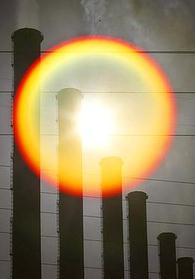
Running Out Of Time.
The New York Times
ran an Op-Ed on the need to tackle this problem now, and not kick the
can down the road for future generations to grapple with, when costs may
be exponentially higher. Here's a clip: "...
Avoiding that fate will
require a reduction of between 40 percent and 70 percent in greenhouse
gases by midcentury, which means embarking on a revolution in the way we
produce and consume energy. That’s daunting enough, but here’s the key
finding: The world has only about 15 years left in which to begin to
bend the emissions curve downward. Otherwise, the costs of last-minute
fixes will be overwhelming. “We cannot afford to lose another decade,”
says Ottmar Edenhofer, a German economist and co-chairman of the
committee that wrote the report. “If we lose another decade, it becomes
extremely costly to achieve climate stabilization...”
Climate Change Demands Action. Here's an excerpt of an Op-Ed from
The Baltimore Sun: "...
Meanwhile,
there are enormous dividends to be had from less consumption of fossil
fuels — reducing air pollution and dependence on foreign oil. The United
States even possesses a significant advantage in clean energy
development through our tradition of innovation and entrepreneurship and
the availability of natural gas, which can help smooth the transition.
Make no mistake, the challenge is significant. The IPCC panel sticks to a
goal of limiting global warming to just 3.6 degrees Fahrenheit, and
considering that greenhouse gas emissions continue to rise (growing 2.2
percent annually over the past decade compared to 1.3 percent annually
the previous three decades), the mandate is to take decisive action now....
Setbacks Aside, Climate Change Is Finding Its Way Into The World's Classrooms.
The New York Times reports; here's a clip: "...
In
the United States, new science standards drawn up by 26 states and
scientists’ and teachers’ groups call for introducing climate change to
students in middle school and exploring it in greater detail in high
school. That has stirred opposition in states like Wyoming, a coal and
oil producer. Lawmakers there last month blocked funding for the
standards, saying teaching climate change could hurt the local economy.
“A lot of science teachers essentially say, ‘This doesn’t feel like a
very safe topic to teach. The science is conceptually difficult, and
it’s controversial. I might get complaints from parents and it’s not
part of my current curriculum, and so I’m not going to take it on,”’
said Charles Anderson, a professor of teacher education at Michigan
State University, who advised on the new standards...
Why Climate Deniers Are Winning: The Twisted Psychology That Overwhelms Scientific Consensus. Debating
the consensus and conspiracy ideation (if you believe 9-11 was an
"inside job" or NASA faked the moon landings you're more likely to
believe climate change is a hoax) takes center stage in this long, but
excellent article. Here's a clip from a story at
Salon: "...
It’s
a simple fact that your typical scientist already knows intuitively:
Uncertainty grows with risk, exposure and potential loss, especially
with complex nonlinear systems, like the global climate system. In fact,
it’s not even possible to calculate how much damage could come from
worst-case climate scenarios, as Working Group III lead co-author
Christopher Field pointed out at the press conference for their report.
The relationship between greater uncertainty and risk is both obvious
to those in the know and invisible to those who aren’t. So it’s never
been properly talked about — or even rigorously analyzed — until now..."
